Today I walk you through two days of shooting in the beautiful Oriase Keiryu, which is a mountain stream not far from Towada Lake in Aomori, the northern-most prefecture of Honshu, the main island of Japan.
At the end of October, one of my best friends here in Japan got married, and my wife and I were invited. The wedding was near my friend’s home in Akita, a prefecture of Japan way up north, on the western Japan Sea side of Honshu, the main island of Japan. The wedding was incredible, easily the largest wedding I’ve been to, with around 150 guests, and we had a great weekend meeting some other old friends from my college days here in Japan.
As the wedding coincided with the fall color in some areas up north, we decided to drive there, taking my camera gear and rainproof clothing, and extend the trip by a few days to pull in a visit to one of my favourite spots in that area, the Oirase Mountain Stream.
Long time listeners might remember that we discussed photos from this area back in 2006, in episode 46, and again in episode 200 from 2009, after my second visit to the area. Both previous visits were in the summer time, when the trees were beautifully green, and the weather decidedly warmer. I’d always wanted to visit during the fall color though, so this was the perfect excuse to extend our trip.
As we expected, the only problem with visiting at this time is that the area is full of tourists, but we were still able to pull the car over at many of the most picturesque spots, and walked along the river up to a few miles at a time. It rained most of the two days, but that’s how I like it. The colors are literally more saturated when it rains, and the cloud covers removes the need to deal with contrast and harsh shadows, although I do have one shot when the sun came out that we’ll look at for comparison.
Choushi Ohtaki Falls
Our first stop was at the Choushi Ohtaki Falls, as we see in this image (below). As you can also see here, the usual brown coloured leaves had pretty much all fallen from the trees, but this makes the remaining Kaede, or maple leaves looking more prominent, as they seem to fall just a little bit later than the other coloured leaves.
I actually don’t buy into the strong foreground school of thought when it comes to photography. I see a lot of people these days shooting images with lots of foreground elements, and quite often I feel as though these are forced, as people try hard to compose images as they’ve been told they should.
I really think that you should only include foreground objects when they either really add to the image, or when you simply cannot remove them without plunging to your death or into a river for example. Even then, the foreground better look acceptable, or the photo may not be worth making. In this photo, I actually really like the foreground.
I think the logs help to lead the eye into the image, or lead it back into the image from the bottom edge once you’ve viewed the rest of the image. There was one obviously cut log in that little pool on the bottom left, which I didn’t like, but when I cropped that out in camera, I lost some of the natural logs, and the composition felt forced again, so I went wider, and removed the cut log in Photoshop.
After a walk along the river for a while, we walked back to the car, which took us back past the falls, and I shot this image from a higher vantage point. There are actually wooden stairs that run along the side of the valley at this point, so I set up my tripod with one leg shortened, resting on the hand-rail, and the other two at different lengths on the steps. The problem with this of course is that every time someone walks on the stairs, they shake, ruining your photo if you don’t watch out for this.
I think I must have spent around 20 minutes blowing the water droplets off the front of my lens, as I waited for a break in the almost constant flow of tourists, and managed to get a few frames during the lulls. The previous photo we looked at was shot at 28mm with my 24-70mm lens, and for this shot, I’d changed to my 16-35mm and made this photo at 17mm. The first image was a 1.3 second exposure, and this was 0.8 seconds. Both were shot with an aperture of f/14 and the ISO set to 100.
I was using an ND8 neutral density filter to reduce the exposure by three stops, so that the water looks like it’s flowing like this. Some people say that this is too long, but it’s personal preference. Personally I like to shoot waterfalls with between a half and a one and half second exposure. A quarter of a second is really as short as you want to go if you like that flowing water feel, and of course, the shorter the exposure, the more texture you’ll capture in the water itself.
The trade off with long exposures in areas where there are leaves or other moving elements in the frame of course, is that you can capture a lot of leaf movement. I personally quite like that sometimes, and I feel it can add some dynamism, but it can also sometimes be distracting, so I try to wait for moments when the wind dies down when possible, as well as capturing the movement when it works.
The Mountain Stream
Here’s another shot from a little further down the river (below). Again we can see that the brown leaves had pretty much all fallen, with many on that rock in the bottom right, and this also results in many bear trees in the shot too, which was in some ways disappointing, but it does help the Japanese maple leaves to really stand out, and in my opinion give the shot a someone Japanese feel to it, which I like.
This was again shot at ISO 100 at f/14, but this time with a 3.2 second exposure. I like to go a little longer when possible, when there isn’t a waterfall in the shot. Waterfalls can go a little bit too soft for my liking as you go much past a second, but just for flowing water, I like the really smooth look of longer exposures.
Here’s another similar shot (below), which again feels quite Japanese to me, with the yellow maple on the left, almost looking like something out of a traditional Japanese garden. I’m happy enough with the foreground here. The rocks aren’t too uninteresting with a bit of moss and other leaves growing on them.
It was actually getting dark by the time I shot this photo, so I had removed the ND8, and still had a shutter speed of 0.8 seconds, but that’s why you can see a little more texture in the water than the previous shot.
High-Tech Weatherproofing for the 5D Mark III
It was raining again as we started shooting the following day, and here’s a photo of my high-tech rain-cover for my 5D Mark III. People often ask what I do to protect my cameras in the rain, so I figured I’d show you. This is literally just a cloth. It’s actually a “tenugui” which is a long piece of cloth, often with a nice pattern or a printed scene or character on it, and over the years I’ve inadvertently become a bit of a collector. I probably have around 20 of these, but I find them really useful for various things, including keeping my camera dry, so I generally have one in my pocket at all times.
I never cover my lenses, because they are all weatherproof L lenses. I just drape or tie the tenugui around the body like this. It doesn’t keep the body totally dry, but the wicking effect stops the water from building up so much that it starts to make its way into the camera. I take the tenugui off when I’m using the camera, and just give the camera a wipe, and then when it gets full of water, I wring it out, and continue using it.
Use this technique at your own risk though. If you want your camera to be totally dry, I recommend getting a rain cover, but that’s hypocritical, because I never use one. If I really need weather proofing, I use my 1D X, which is totally weather sealed.
If you fell for Canon’s marketing blurb about the 5D Mark III being better weather sealed than the Mark II, you might also think it’s weather sealed, but I can assure you it isn’t. I tested that marketing blurb in Iceland last year and killed my 5D Mark III after almost a day in the rain. All they did was improve the weather sealing in a few areas, but the camera is not fully weatherproof.
Rainproof Clothing & Hat
In general us humans are pretty well sealed again water, but getting wet, especially when it’s cold can make you miserably uncomfortable, so it’s important to keep yourself dry too of course. As you can see in this iPhone photo courtesy of my wife (below), I generally wrap up in rainproof pants and jacket, and that incredibly fashionable red hat that I’m wearing is GoreTex too. It’s the Seattle Sombrero from Outdoor Research, and I’ve been very happy with it so far.
I like the wide brim on this hat because it does stop the rain from running down my face. Woollen beanies are great for keeping warm, but when it rains, unless you can find one with a GoreTex lining, they can be pretty miserable to wear, and depending on your lodgings, they sometimes don’t dry overnight either, and there’s nothing worse than pulling on a cold wet hat as you head out the next morning. Well, there probably is, but it’s better avoided if possible.
Note that I also have the rain cover on my Gura Gear Bataflae 26L back pack as well. The Bataflae is OK with light rain, but when I’m going to be out in heavier rain, or for long periods in the rain, I generally use the cover. It slips over the bag easily, so isn’t a pain to use at all, even when you are accessing the contents of the bag relatively often.
To give you an idea of how the quality of light changes, here’s a photo when the sun came out for a few minutes during our visit. I don’t necessarily dislike this photograph, but my personal preference is definitely for overcast. The leaves were still wet, so are still more saturated than when they are dry, but I’m not a fan of the increased contrast that the sunlight brings. Let me know what you think in the comments of this post. I’d certainly be interested in your opinion on this too.
It really wasn’t that long before the rain came down again, and for a minute or two, it rained while there was still some direct sunlight coming down into the valley, which I tried to capture to a degree in this photo (below). It’s not one of my best, but I am attracted to the quality of light in this image. I used a shutter speed of 1/100th of a second so that the rain drops would elongate slightly, emphasising the rain fall. You might not be able to really make that out in the web version mind.
There are large parts of the river that looked decidedly drab without many leaves left on the trees at all, but before we left, we did find this one last spot, where the river flows either side of a small island, and there were plenty of Kaede trees still in full colour here (below).
I shot this at 1/4 of a second at f/16, ISO 100, with my 24-70mm at 55mm. Notice how I framed either side of the image with the large tree trunks. It’s often a difficult decision, whether or not to frame like this, but I felt it worked here, ending either side of the frame nicely, as there wasn’t much more of interest after these two trees.
It’s a seven hour drive back to Tokyo in good traffic, or ten hours if Tokyo get’s busy, as it did for us the following day. Either way, it’s not practical to drive back after a shoot in Oirase, so we’d arranged to stay for two nights. This also gave me a chance to go back and rephotograph the wooden jetty that I photographed here back in May of 2009.
The 2009 version was one of my favorite photographs of that year, and has remained in my Nature of Japan portfolio since too, but I like the results of this return visit too, as we can see here (below). This is out the back of a small cafe on the Towada Lake, and unfortunately the old lady that we met there five years ago has had a stroke, and now living in a nursing home. Her son is currently running the cafe though, so it was nice to talk with him for a while, over our hot chocolate, and between my visits out the back to make another exposure.
The jetty has been cut back by about 5 meters since I photographed it before, but this time I shot it from further back, and for this particular frame, I had my tripod much lower than before. This was a 3 minute 40 second exposure, during which snow cloud started to make its way down the bank of trees on the other side of the lake.
The wind got up and it started raining on our side, so when I checked the camera after this exposure, there were large droplets of water on the front of the lens. The weather stopped play after this, as it wasn’t going to work with the long exposure and the rain, so I was happy that I was able to clone out most of the water droplets for this shot. The ones before this were from a higher perspective and with a much cleaner line across the top of the far bank, which I didn’t like as much.
I converted this to black and white in Silver Efex Pro, and had initially added a bit of a vignette to make the top of the photo darker, matching the dark bottom corners, but I removed that later, as I also like the lighter area at the top. The vignette on the bottom corners is natural. It was almost totally dark by the time this exposure finished, and I was not using a neutral density filter at this point.
Monthly Wallpaper Subscription
Note that I will be making this last photograph my monthly wallpaper for December, before we switch to a few beautiful winter scenes in January and February. I actually released the first photograph that we looked at today as November’s wallpaper, and as a special bonus, if you subscribe to my monthly wallpaper during November, I’ll throw in the Choushi Ohtaki Waterfall shot for free. That’s in addition to the ten wallpaper that you also get free when you subscribe, and that is of course followed by a new image every month for as long as you stay subscribed. Click on the link below to subscribe and for more details, visit https://mbp.ac/monthlywp
OK, so we’ll start to wrap it up there for today. I hope you enjoyed our visit to Oirase, after a five year hiatus. I have to tell you, I really enjoyed shooting the fall colour here in Japan for the first time in a few years too. I have been traveling at this time or simply too busy to get out for the last few years, so this was a welcome couple of days. I’m now trying to make time to get into the mountains closer to Tokyo before this area stops now too, though I fear I might already be too late on that one. 🙂
I’d also like to let you know that I might be updating the theme on our Web site again over the next week. I’m doing some final tests at the moment, and will probably go ahead with another switch, but I’ll do this on the live site, so things might look a bit weird as I gradually make the necessary changes. Just to let you know.
Show Notes
Travel back in time to my previous episodes from this location, to episode 46, and episode 200.
Check out our Monthly Wallpaper subscription options here: https://mbp.ac/monthlywp
Subscribe in iTunes for Enhanced Podcasts delivered automatically to your computer.
Download this Podcast in MP3 format (Audio Only).
Download this Podcast in Enhanced Podcast M4A format. This requires Apple iTunes or Quicktime to view/listen.

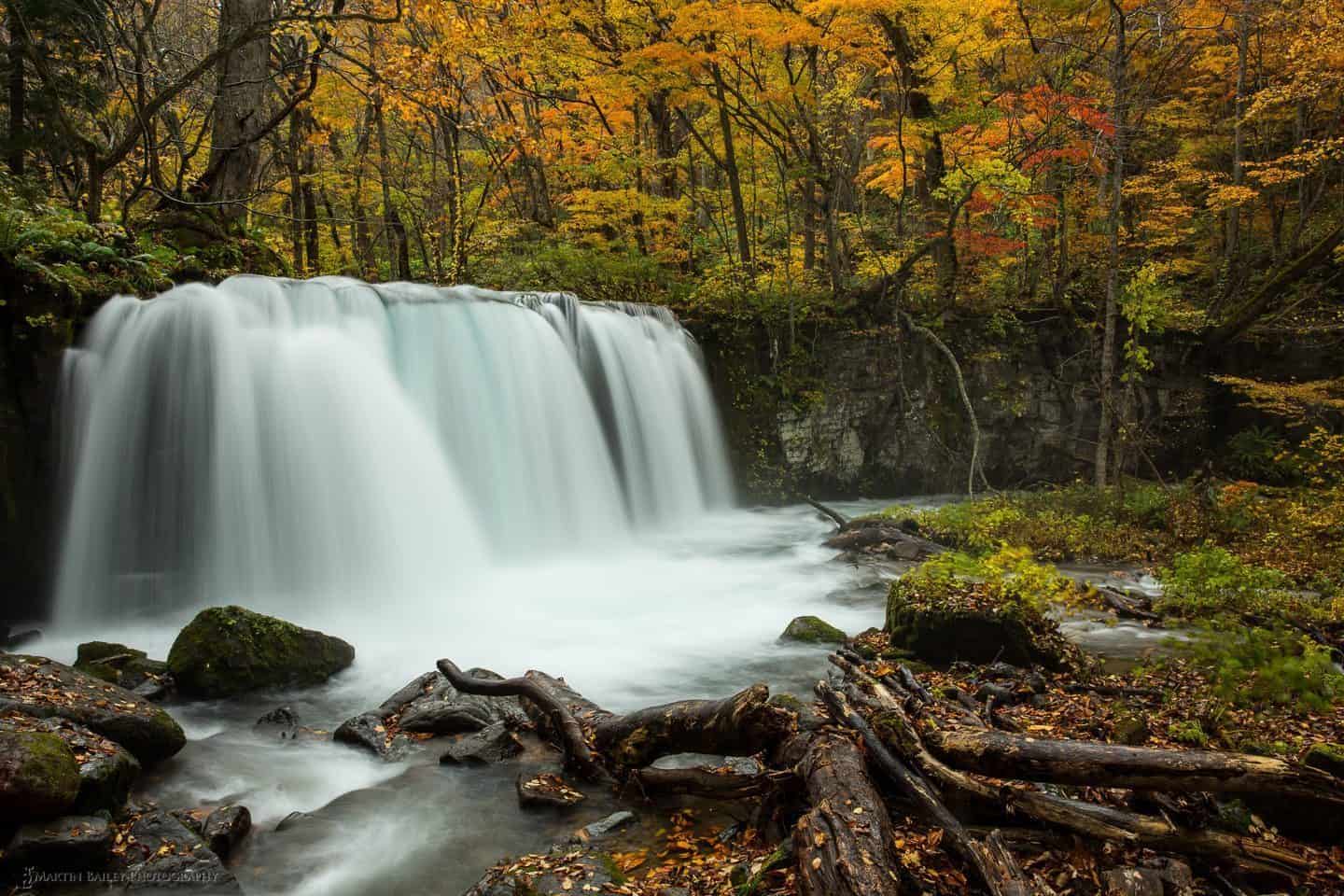

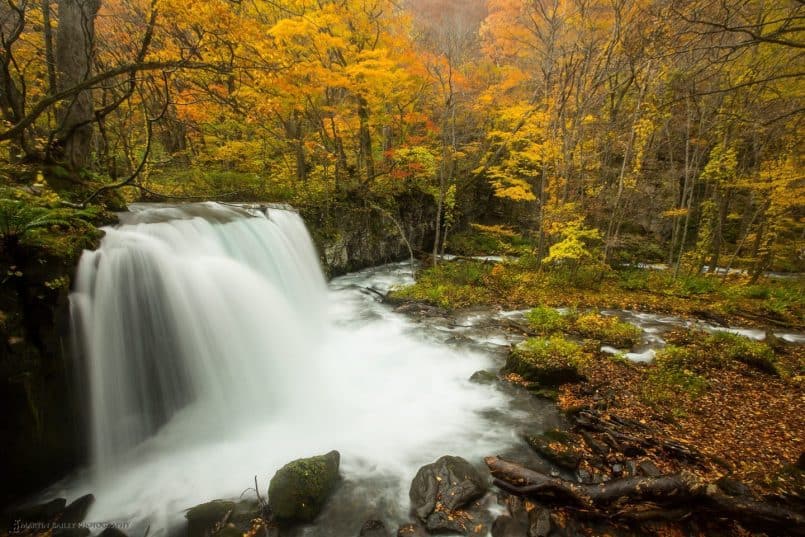

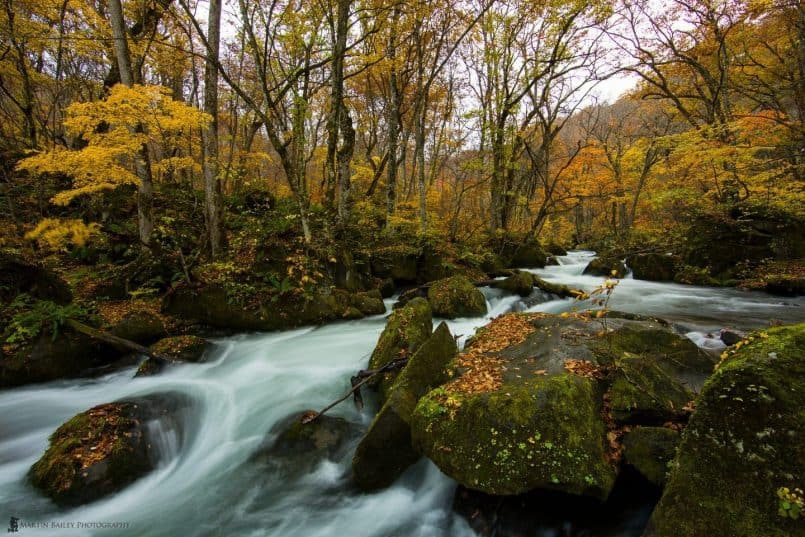
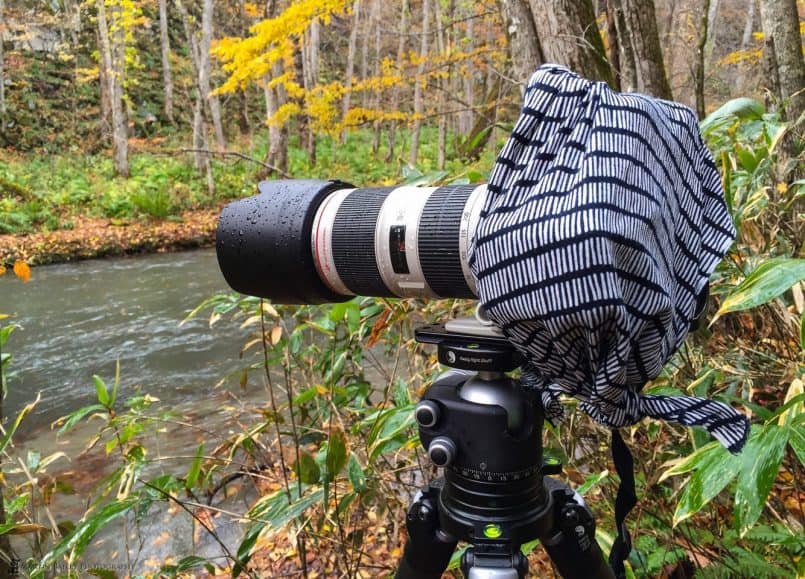
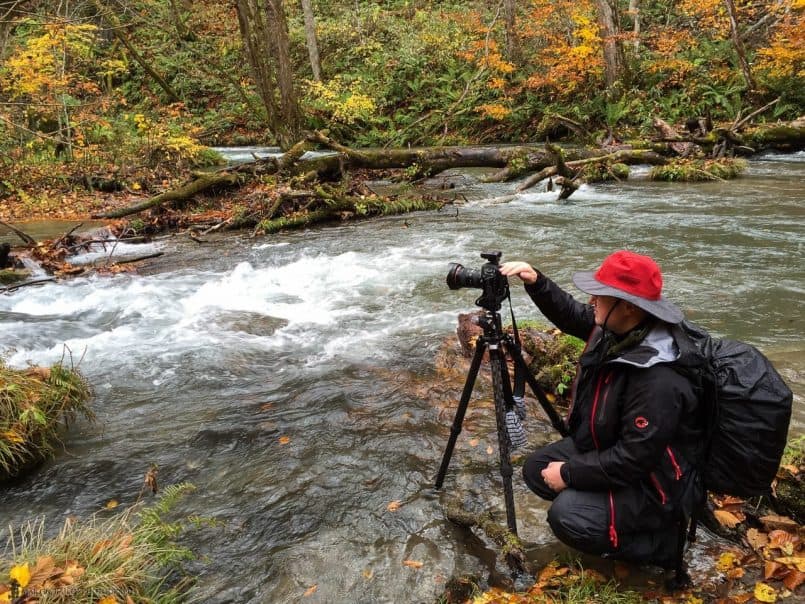
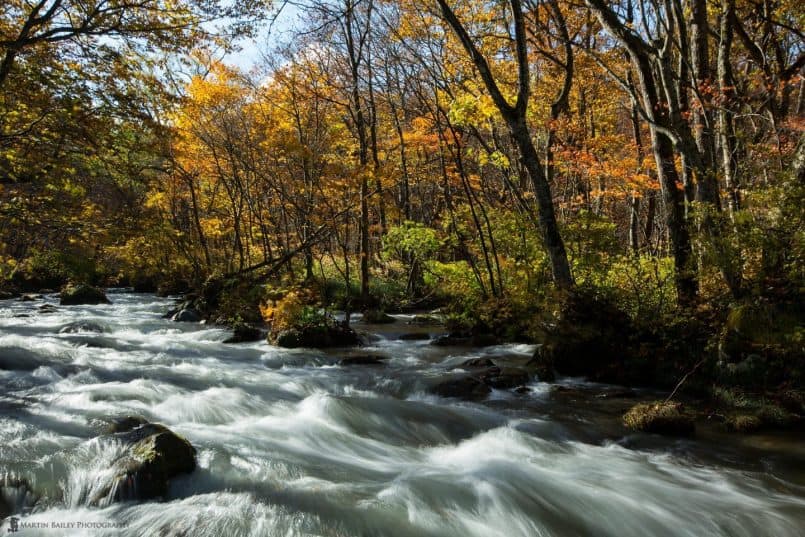

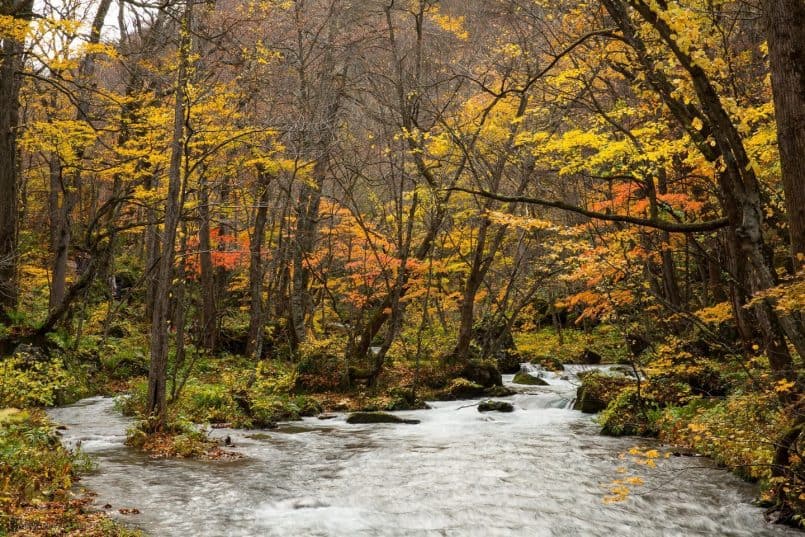
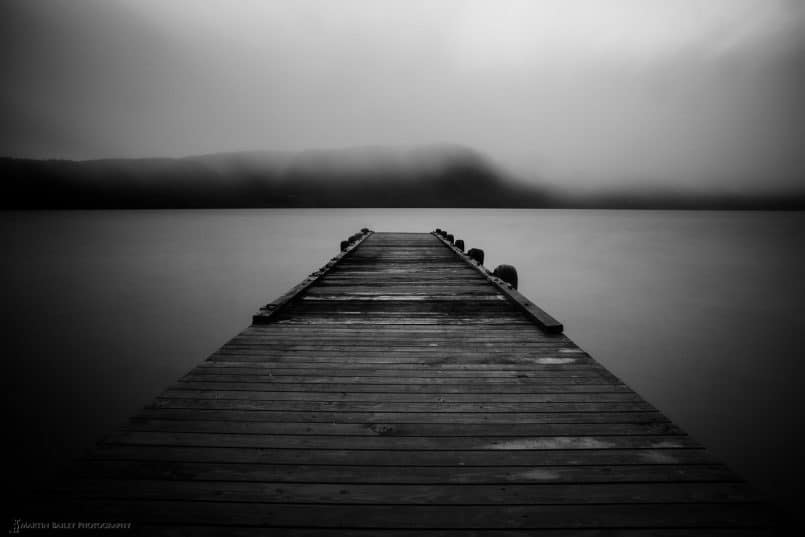

It feels like a real return to the old style posts where you take us with you on a visit to somewhere in Japan, and work through your thought process when shooting and post processing.
I loved this post! Great shots, a really enjoyable read. Thanks Martin!
Thanks Michael!
I’m pleased you enjoyed this. I was conscious of this going back to my old style a little as I put this together, so I’m pleased that worked for you. 🙂
Cheers,
Martin.
Martin, i m an amateur photographer and just downloaded and listened to podcast #437 and decided to look you up on google plus and made my way over to your website. Im travelling right now but will check out some of your other podcast later as you have some great information in your podcast – i wish it was a video though. Great article and story above and love the pictures and your ideas. I’d love to get your feedback on some of my work on google+ https://plus.google.com/+miketaylor99
Hi Michael, thanks for stopping by.
Did you try the Enhanced Podcast format? Although this is broken by Apple right now (iOS8) usually you can view the images on your iPhone/iPad or iTunes as I progress through the Podcast. It’s like audio, but with the images.
I hope this helps!
Martin.
Hi Martin, no I have not, but i will check it out. I typically download on my zune player from the zune software when i’m travelling and listen on the airplane ride, i also have a kindle fire, is it better to download directly from your website?
Aah, if you don’t use the Apple Podcasts app on an iPhone or iPad you won’t see the photos anyway I’m afraid. It’s pretty Apple specific.
Hi Martin,
I loved your shots: great composition, you really captured the autumn atmosphere. Thanks also for sharing your thought processes while shooting…….invaluable for a budding amateur photographer!
Bests,
Sigrid
Thanks Sigrid!